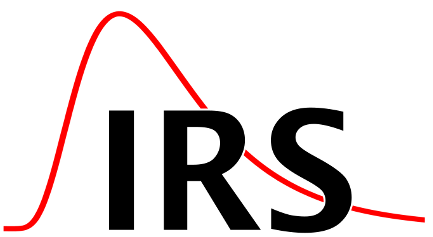Content of the lecture
The aim of this lecture is to provide knowledge of the chemical and physical properties of natural and artificial radionuclides. Essential pathways of the formation/generation of radionuclides are to be discussed as well as their occurrence and risk potential in the living and non-living environment up to application-oriented aspects.
The following topics are considered: measurement of radiation fields, interaction radiation / matter, solid state nuclear track detector, alpha, beta and gamma detection, neutron detection, neutron activation analysis, nuclear reactions, cross section, natural radionuclides, natural decay series, nuclear reactions, radionuclide production, extraction chromatography, Szilard Chalmers effect, nuclear fission, tritium, potassium-40, radiocesium, radiostrontium, radium, radon, technetium, radioiodine, radioxenon, uranium, plutonium.
Credit points: 2
Semster hours per week: 2
Place: 4134, room 101, Seminarraum Biophysik, Herrenhäuser Straße 2
Start: Winter semester, Tuesday 11 a.m.
Lecturer: Dr. Sergiy Dubchak
Basic literature
- D. Atwood, Radionuclides in the Environment, Wiley and Sons, 2010
- J. Lehto, X. Hou, Chemistry and Analysis of Radionuclides, Wiley-VCH 2011
- K.H. Lieser, Nuclear and Radiochemistry, Wiley-VCH, 2001 or
- J.V. Kratz, K.H. Lieser, Nuclear and Radiochemistry, Wiley-VCH, 2013
- S.G. Prussin, Nuclear Physics for Applications, 2007
- "Physics IV A: nuclei, particles"
- Basics in chemistry


